Check out why Cicerone Press Guides offer some of the best outdoor guides on the market!
This post contains affiliate links for which Expedition Wildlife may receive a commission (where applicable) at no additional cost to you.
I want to share with you my go-to guide for walks and treks around the world – Cicerone Press Guides. I’ve used these guides for various treks, including the Tour du Mont Blanc and the GR20.
Cicerone Press is a UK-based publishing company that puts out the BEST guide books for walking, trekking, mountaineering, climbing, and cycling. Locations feature some of the most famous as well as the least well-known destinations in Europe and the world.
The company is not a big one, but they DO have a huge list of incredible authors that are experts on the topics or regions they write about. So, not only is getting a Cicerone guide helping small business, you’re getting the best information out there about that destination!
The Featured Image in this post was taken in the Jungfrau region of Switzerland. Read all about the Tour of Jungfrau in Cicerone’s guide!
Feel free to WATCH our review of Cicerone Press Guidebooks here:
Affiliate Disclosure
First, before I get into this review, I want to be transparent and let you know that I am an affiliate for Cicerone. This means that if you use the guide links I’ve linked-to in our blog post, or if you add “/?refer=exw” to the end of the URL of the guide you’re buying, I’ll get a small commission at no additional cost to you. These affiliate relationships allow me to keep blogging. Know that I’ll never be an affiliate for a product that I don’t personally use or recommend.
I’ve personally used these guides for some intense long-distance treks!
Cicerone has guided me through long-distance treks, including the Tour du Mont Blanc and the challenging GR20 in Corsica, as well as more leisurely walks, such as Walking in the Cairngorm Mountains of Scotland.
While my preference is more trekking and walking, they do have lots of climbing, mountaineering, and cycling guides.
Let’s take a look at what’s inside the guides so you can see why I love them so much.
What you’ll get in a Cicerone guide
Quality pages and PVC covering
When you get a guide to take outdoors with you, it has the potential to get a little beat up.
The quality pages and plastic covering on Cicerone’s books mean it will last you through your trip and well-beyond.
I took out our guides to the Tour of Mont Blanc and the GR20 in Corsica every day on the trail. Amid sweat, rain, snow, and dirt, they both look like they’ve barely been used!
Also, as if I didn’t love Cicerone enough, they actually also plant a tree for every tree used in printing their guides. I mean, how great is that??
Loads of useful content
One look at the Table of Contents as you’ll see these guides are incredibly comprehensive. You likely won’t have any remaining questions after a thorough read.
Important information including how to get to your destination, getting around, safety concerns, and best times of season are all discussed in detail.
Two of the best components of Cicerone guides are the detailed route stages and accompanying maps.
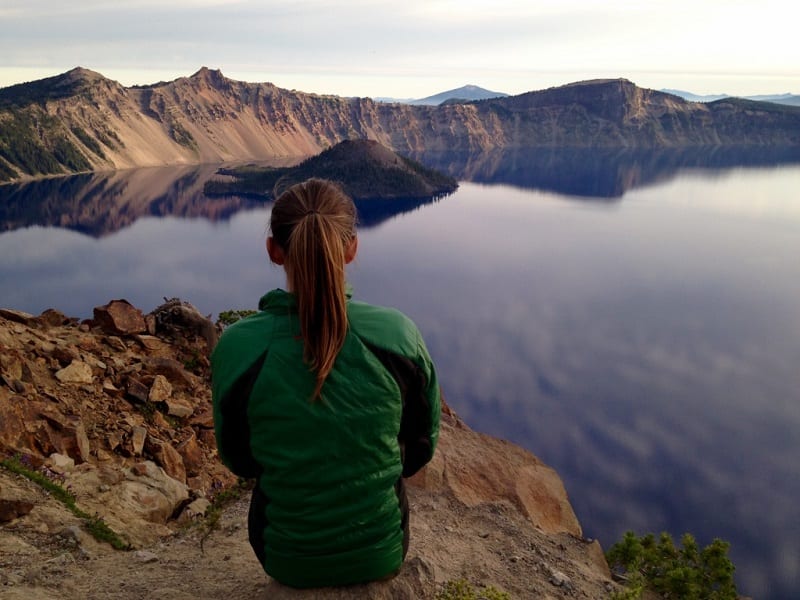
Want to explore the awesome beauty of Crater Lake, Oregon, and other sites along the Pacific Crest Trail? Cicerone has a guide for that! Photo by Nathan Rolls
Stages of your route
For multi-stage routes, each day, or stage, will be discussed in detail. By “detail” I mean nearly turn-by-turn, so there’s no way to lose your way if you’re following the guide closely.
Every stage or day route will have detailed information about the total distance, relative difficulty, elevation gain and loss, alternative routes, and suggested points of interest along the way.
Note, too, to take stage completion times with a grain of salt and know that you might hike differently from what the guide suggests.
I tend to hike a little slower if uphill is involved, and I’ve trekked with people that halved the suggested hike time.
To get a good sense of how you’ll hike, take a look at the day’s total distance covered, elevation gain and loss throughout that day, and any other difficulty factors to keep in mind. You can then pace yourself before your trip to see how long it takes for you to get a certain distance.
For climbing and mountaineering, see what equipment and skills are required for that route and evaluate your comfort level with those segments.
These details help you understand what you need to safely and successfully complete your desired route. Planning for this is key!
Overview maps for location and stages
All guides have overview maps of the area as well as more detailed maps of each stage. The detailed maps include elevation maps to help with what you can expect during the day and when along your route to anticipate elevation gain and loss.
Specific locality maps are also included for each stage, specifically showing topography and points of interest (such as rivers, mountain peaks, and accommodations) during your route.
Some guides will have the GPX coordinates available for download to use with your GPS device.
Keep in mind that having GPX coordinates doesn’t take the place of having this guide. One, sometimes technology doesn’t work. Two, the guide outlines suggested alternative routes, important route information along the way, and actual guiding advice for the trek.
Even if you read your Cicerone guide ahead of time, which I always do multiple times before a trek, it’s still essential to have the guide on the trek with you.
Also, getting a separate, topographically detailed map separately of your route is also recommended. This is especially critical for backcountry destinations and those that don’t have well-marked paths.
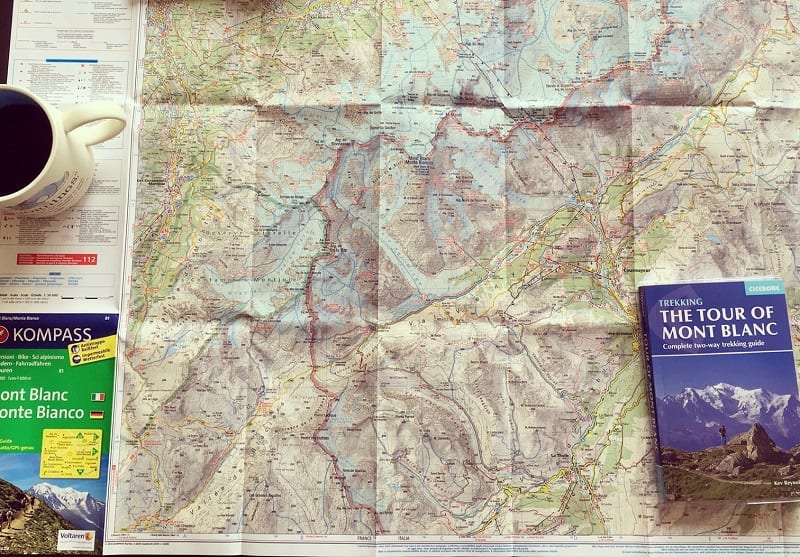
Planning out our route for the Tour du Mont Blanc using our trusty Cicerone guide and supplementary topography map. Photo by Christa Rolls
Read our guide to and experiences while trekking the Tour du Mont Blanc here!
Suggested essential pieces of gear
These guides are written by experts in the field and region, so if there’s a suggested piece of gear they recommend you have for your experience, please take it into consideration.
Basic essentials include proper clothing for where you will be, as well as proper footwear. Other notes might include something along the lines of “crampons are essential if there is a chance of snow or ice cover early or late in the season.”
This should get you thinking about what exactly you’ll need for the time of year you’re visiting.
Emergency contacts and addresses
Whenever you go out on a trek, walk, climb, etc. you should have available to you any emergency contact information.
Cicerone guides include the addresses, phone numbers, and websites of pertinent agencies you could potentially need to contact in the event of an emergency.
If you are traveling out of the country, always jot down the contact information of the nearest consulate or embassy for your country. You can store these details in multiple locations, including the notes section in the back of your Cicerone guide.
I also always leave a detailed itinerary with a friend or family member who is not with me on my trip. Do whatever you can to keep yourself safe and worry-free on your trip!
And More!
There are loads more useful and essential details and explanations you’ll need to reference along your trip. Get one of their guides for an upcoming or dream trip to see why they’re the best! And, if you aren’t satisfied with your guide, they offer a generous return policy.
Cost of Cicerone guides
Depending on the guide you get, each physical book averages around £15 (around $19). While ebooks are a little less expensive, I highly recommend going with the physical book to take along with you!
With all the information you get in one place, that you can reference again and again on the trail, this is a killer price.
*P.S. ALL GUIDES ON CICERONE’S WEBSITE ARE CURRENTLY 10% OFF!*
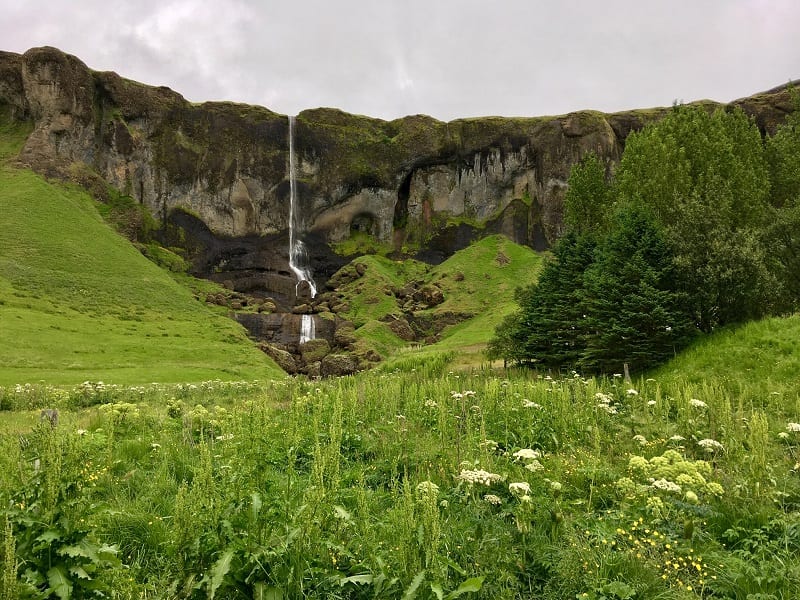
Fancy trekking around Iceland and exploring all its wonders on foot? Me, too. Photo by Christa Rolls
Comprehensive list of Destinations
Cicerone has published over 350 guides from countries all over Europe, to the Atlas Mountains in Morocco, the massive Himalayas, Patagonia’s Torres Del Paine, North America’s Pacific Crest Trail, and so much more.
The Cicerone guides are a definite must for anyone looking to have the most full and comprehensive information about their outing.
To find a full list of the guides offered, visit the Cicerone Shop.
Do paper guides replace in-person guides?
The answer to this depends on you, including what you’re hoping to get out of your trip and what your skill level is.
While Cicerone guides are the most comprehensive I’ve seen, it’s also wonderful to have an in-person guide to arrange all of your trek details for you.
And, having an experienced guide can enhance your safety greatly, if you aren’t already an expert at climbing or long-distance trekking.
This isn’t to say, however, that you shouldn’t bring along your Cicerone guide on your guided trip. I loved being able to read through my detailed guide at the end of the day!
Where are you planning to explore one day?
Recently, I got the guide to trekking the Kungsleden in the Swedish Lapland!
I just love getting to take the time to thoroughly read through all the gear I’ll need, any pre-planning I need to do, and consider the potential alternate routes along the way.
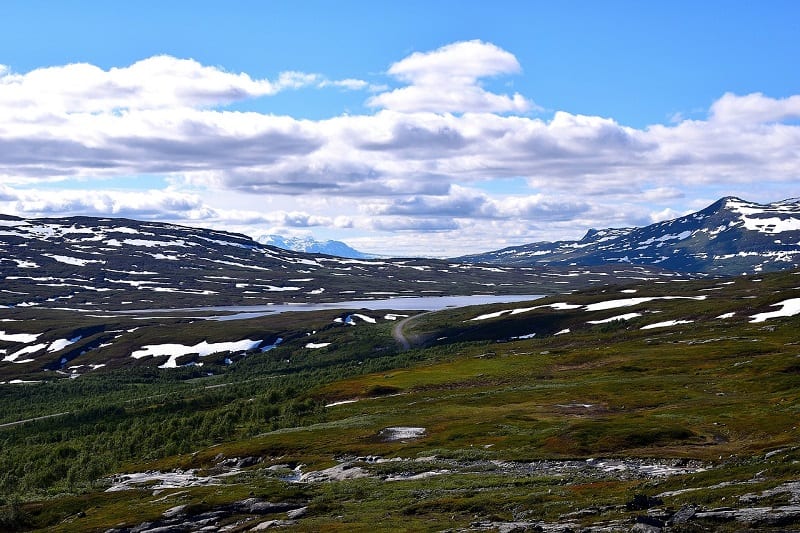
Look at that Swedish Lapland taiga! I’d love to be there right now. Photo by Martin Kraut
Which one of their guides interests you most?? Let us know in the comments!!
Happy Trekking!
Christa and Nathan
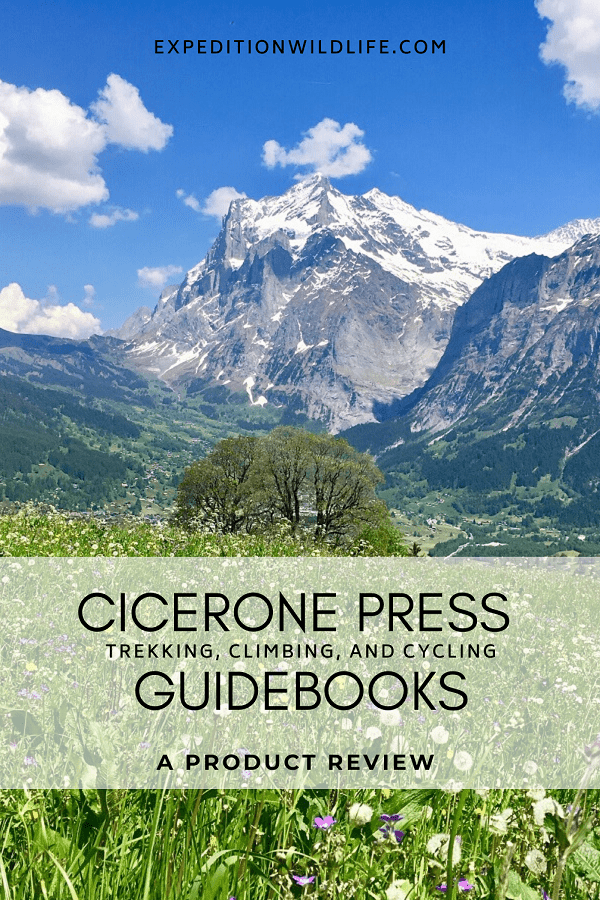

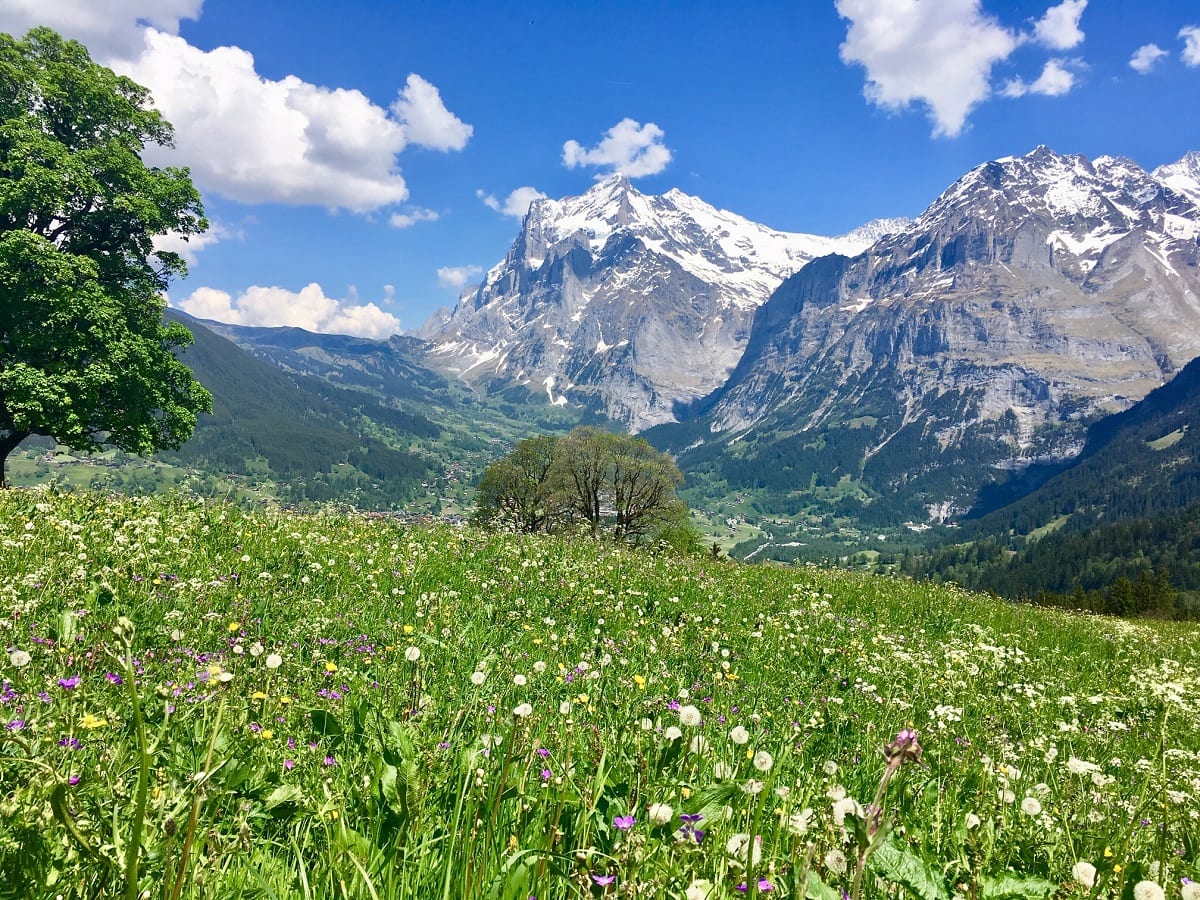
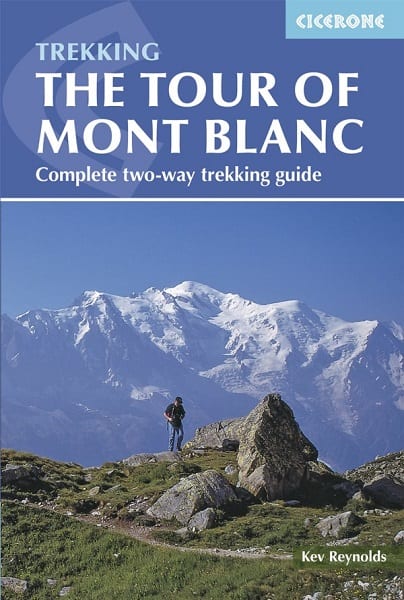
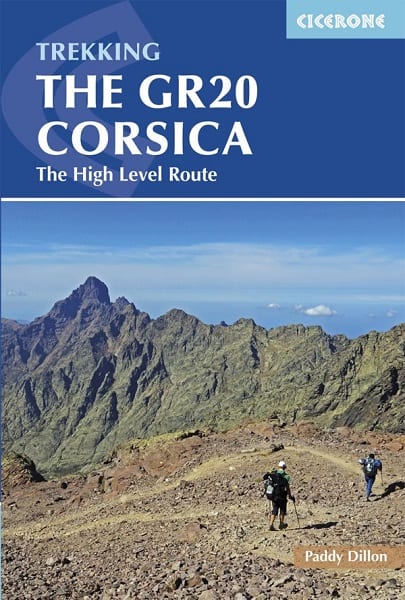
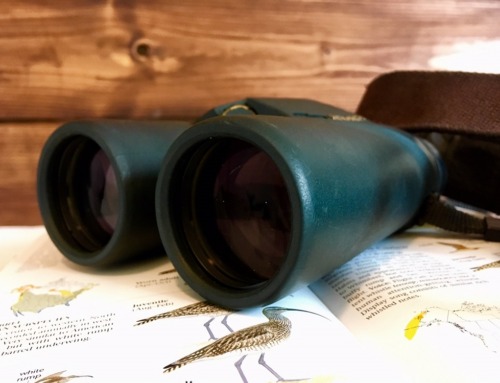
Leave A Comment